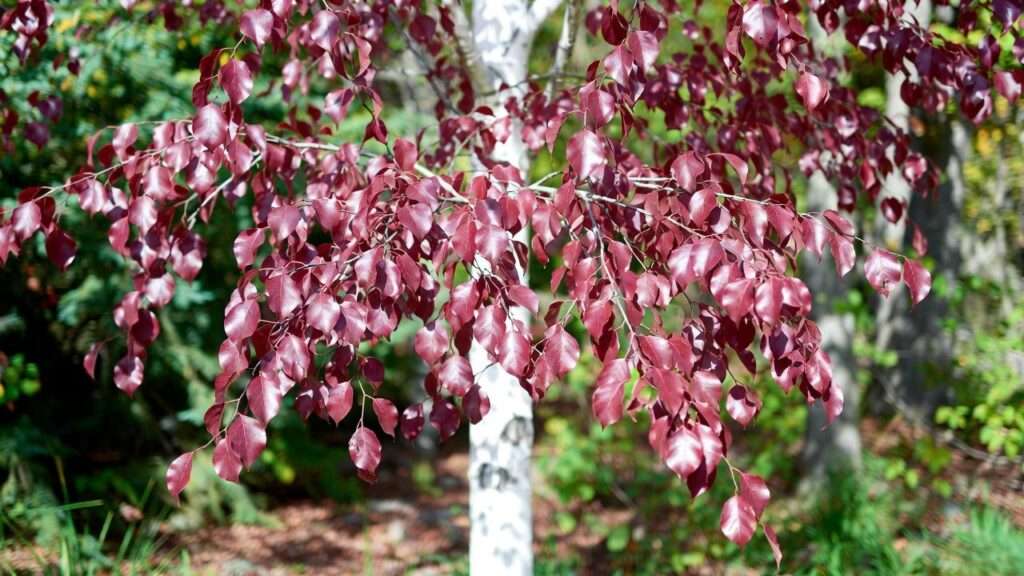Imagine a tree that transforms your yard into a living canvas, with burgundy leaves that shimmer in the sunlight and elegant white bark that glows against a winter sky. The Betula Royal Frost Birch Tree is that masterpiece, a low-maintenance, visually captivating addition to any landscape. Whether you’re a homeowner dreaming of a vibrant garden or a landscaper seeking a showstopper, this hybrid birch delivers year-round beauty with minimal effort. In this ultimate care guide, we’ll unlock everything you need to know to grow and maintain a thriving Betula Royal Frost Birch Tree. From planting tips to troubleshooting, our expert-backed advice ensures your tree flourishes for decades. Let’s dive in and bring your landscape to life! 🌿
What Makes the Betula Royal Frost Birch Tree Special? 🌿
The Betula Royal Frost Birch Tree is no ordinary ornamental. A hybrid of Betula pendula (European white birch) and Betula populifolia (gray birch), this cultivar was bred for its striking aesthetics and adaptability. Its glossy, burgundy-red leaves steal the show in spring and summer, transitioning to golden hues in fall. Come winter, its peeling white bark creates a stark, elegant contrast against snowy landscapes. Growing 30-40 feet tall and 15-20 feet wide, it’s perfectly sized for small yards, urban gardens, or as a focal point in larger landscapes.
Overview of the Betula Royal Frost Birch 🌼
This deciduous tree thrives in USDA Hardiness Zones 3-7, making it suitable for a wide range of climates, from chilly northern regions to milder coastal areas. Its slender, upright growth habit and delicate branches give it an airy, graceful appearance. Unlike some birches that demand intensive care, the Royal Frost is relatively low-maintenance, offering vibrant foliage and structural beauty without constant upkeep. Its adaptability to various soil types and tolerance for light shade further enhance its appeal.
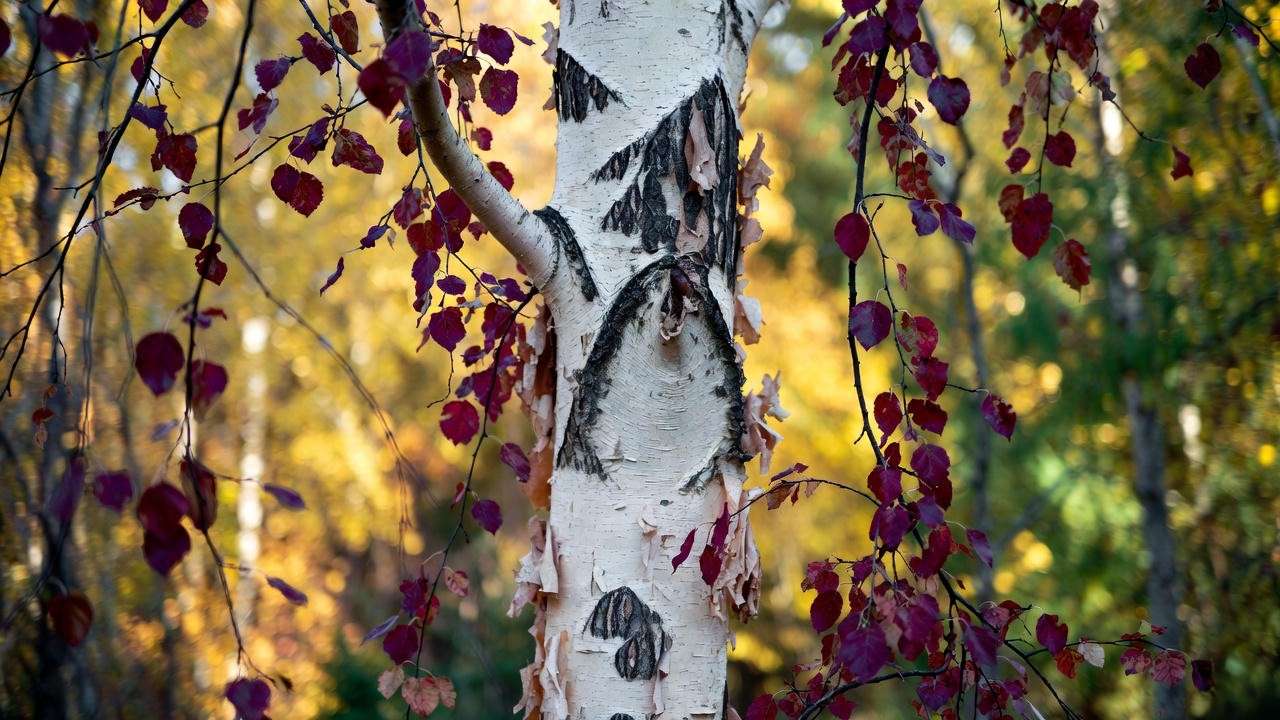
Why Choose the Royal Frost Birch? 🌟
Why plant a Betula Royal Frost Birch Tree? For starters, its year-round visual interest is unmatched. Spring brings a flush of burgundy leaves, summer showcases glossy foliage, fall delivers golden tones, and winter highlights its iconic white bark. It’s a four-season performer! Beyond aesthetics, it’s practical:
- Low-maintenance: Ideal for busy homeowners or novice gardeners.
- Versatile: Works as a standalone specimen, in group plantings, or as a natural privacy screen.
- Eco-friendly: Attracts pollinators like bees and provides light shade for underplantings.
Expert Insight: “The Royal Frost Birch is a landscaper’s dream,” says Dr. Emily Carter, a horticulturist with 20 years of experience. “Its vibrant foliage and compact size make it a standout choice for modern gardens, especially in urban settings where space is limited.”
Planting Your Betula Royal Frost Birch Tree 🌱
Proper planting sets the foundation for a healthy Betula Royal Frost Birch Tree. By choosing the right location and following best practices, you’ll ensure your tree establishes strong roots and thrives for years.
Choosing the Perfect Location 📍
The Royal Frost Birch loves sunlight, requiring at least 6 hours of direct sun daily for optimal foliage color. While it tolerates partial shade, full sun enhances its burgundy hues. Soil should be well-draining and slightly acidic to neutral (pH 5.5-7.0). Avoid heavy clay or waterlogged areas, as birches are prone to root rot in soggy conditions. Space is also key: Allow 15-20 feet for its mature width and avoid planting near structures, sidewalks, or utilities to prevent root interference.
Common Mistake: Planting in overly shaded or wet areas can stunt growth and dull foliage color. Always test soil drainage before planting by digging a 12-inch hole and filling it with water—if it doesn’t drain within a few hours, choose another spot.
Step-by-Step Planting Guide 🌳
Plant your Betula Royal Frost Birch Tree in early spring or fall for the best root establishment. Follow these steps:
- Dig the Hole: Make it 2-3 times wider than the root ball and as deep as the root ball’s height.
- Amend Soil: Mix native soil with compost or organic matter to improve drainage and fertility.
- Position the Tree: Place the tree in the hole, ensuring the root collar (where roots meet trunk) is level with the ground.
- Backfill and Tamp: Fill the hole with soil, gently tamping to remove air pockets.
- Water Deeply: Soak the root zone to settle the soil.
- Mulch: Apply 2-3 inches of organic mulch (e.g., wood chips or bark) around the base, keeping it 2 inches from the trunk to prevent rot.
Pro Tip: Create a watering basin around the tree by mounding soil in a ring 12 inches from the trunk. This directs water to the roots during the first year.
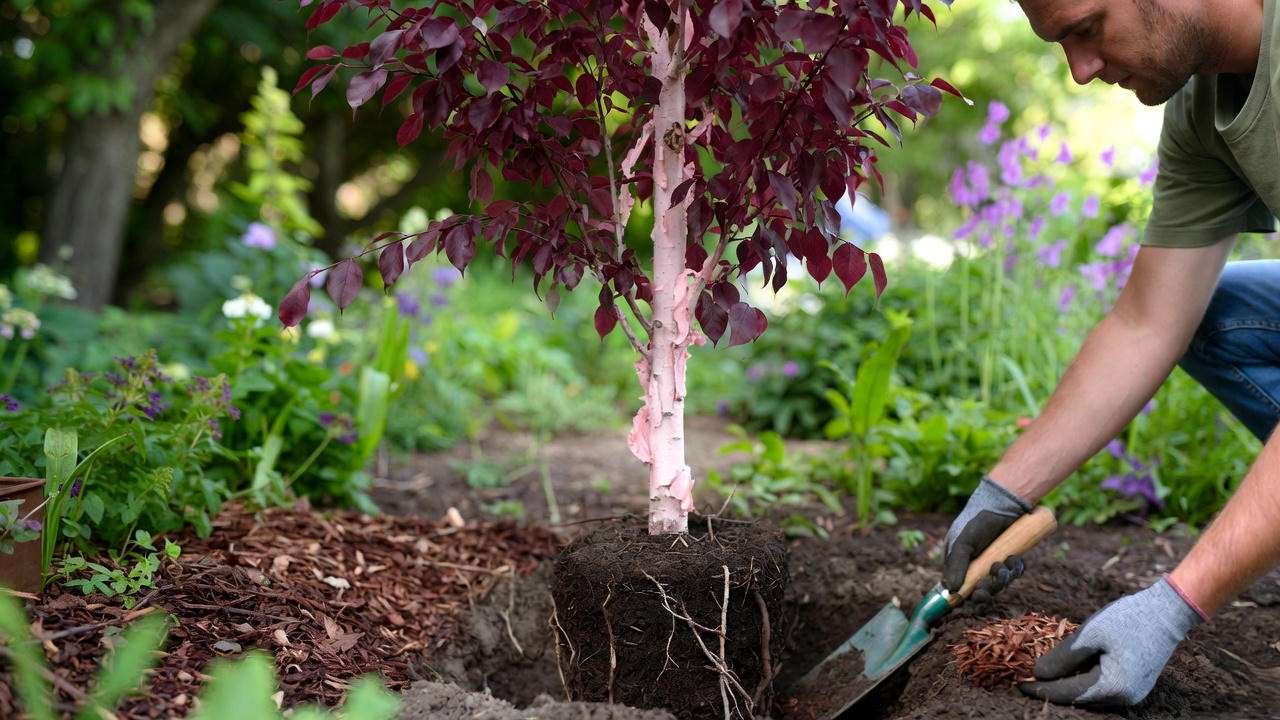
Essential Care Tips for a Thriving Royal Frost Birch 🛠️
Once planted, your Betula Royal Frost Birch Tree needs consistent care to reach its full potential. Focus on watering, fertilizing, and pruning to maintain its health and beauty.
Watering Needs 💧
Young trees (1-2 years old) require regular watering to establish roots. Water deeply 1-2 times per week, providing 1-2 inches of water each time. Use a soaker hose or drip irrigation for even distribution. Mature trees are more drought-tolerant but benefit from occasional deep watering during prolonged dry spells. Watch for signs of stress:
- Underwatering: Wilting leaves, browning edges, or leaf drop.
- Overwatering: Yellowing leaves, soggy soil, or fungal growth near the base.
Adjust watering based on rainfall and soil type—sandy soils need more frequent watering, while loamy soils retain moisture longer.
Fertilizing for Optimal Growth 🌿
Fertilize your Royal Frost Birch in early spring before new growth begins. Use a balanced, slow-release granular fertilizer (e.g., 10-10-10) or organic compost. Apply according to package instructions, typically 1-2 pounds per inch of trunk diameter, spread evenly under the canopy. Avoid over-fertilizing, which can cause weak, leggy growth or leaf burn. For trees in nutrient-poor soils, a soil test can pinpoint deficiencies and guide fertilizer choices.
Pruning and Maintenance ✂️
Pruning keeps your Betula Royal Frost Birch Tree healthy and shapely. Prune in late winter or early spring before buds swell, using clean, sharp pruning shears or loppers. Focus on:
- Removing dead, damaged, or crossing branches.
- Shaping the canopy for balanced growth and air circulation.
- Thinning dense areas to reduce disease risk.
Avoid heavy pruning, as birches bleed sap excessively in spring. Maintenance tasks include:
- Inspecting for pests or diseases annually.
- Removing suckers (shoots at the base) to maintain a tidy appearance.
- Refreshing mulch yearly to retain moisture and suppress weeds.
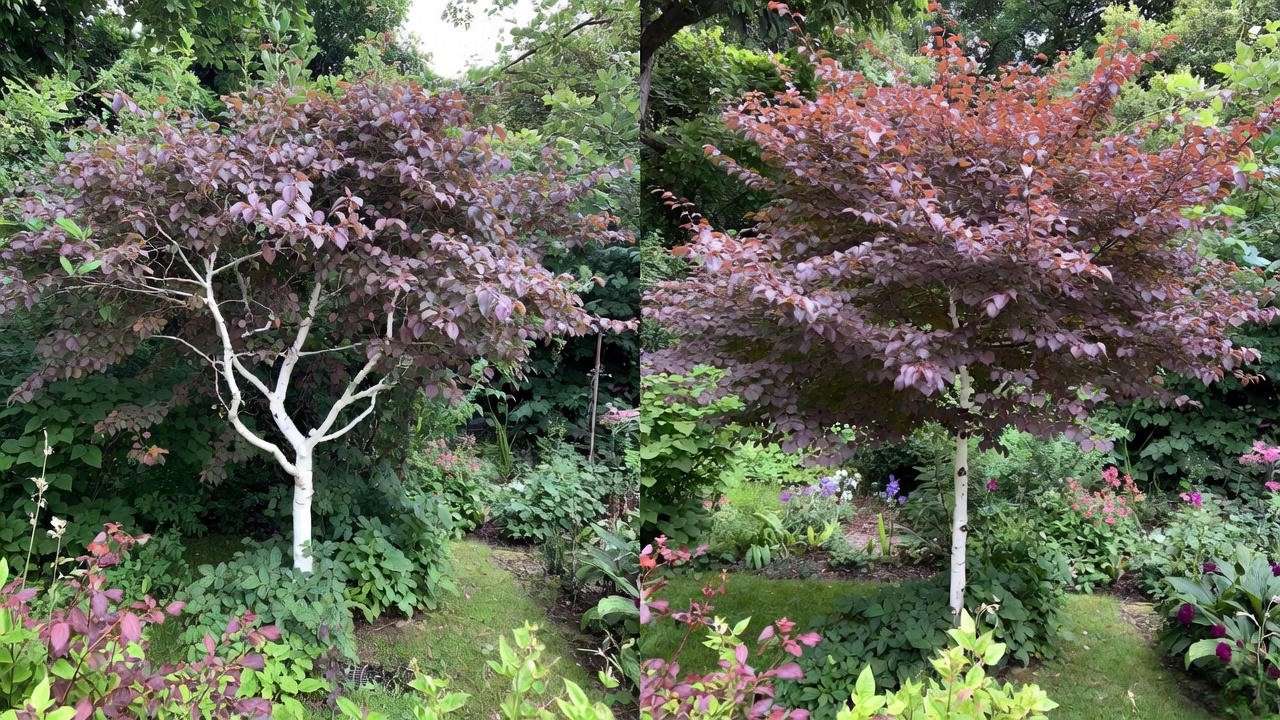
Example: A well-pruned Royal Frost Birch has an open, airy canopy with evenly spaced branches, showcasing its white bark and vibrant foliage. Compare this to an unpruned tree, which may appear dense and prone to fungal issues.
Common Problems and Solutions for Betula Royal Frost Birch 🐞
While the Betula Royal Frost Birch Tree is relatively hardy, it can face challenges from pests, diseases, or environmental stressors. Early detection and proactive care are key to keeping your tree healthy.
Pests and Diseases 🦟
Common Pests:
- Bronze Birch Borer: A beetle that tunnels under bark, causing branch dieback. Look for D-shaped exit holes or thinning canopy.
- Aphids: Small insects causing sticky residue or curled leaves.
- Leaf Miners: Larvae creating winding trails in leaves.
Solutions:
- For borers, apply neem oil or consult an arborist for systemic insecticides in severe cases.
- Use insecticidal soap or a strong water spray for aphids.
- Remove and destroy affected leaves for leaf miners.
Common Diseases:
- Leaf Spot: Fungal spots on leaves, often caused by wet conditions.
- Canker: Sunken, discolored areas on branches or trunk.
- Root Rot: Caused by poor drainage, leading to wilting or yellowing.
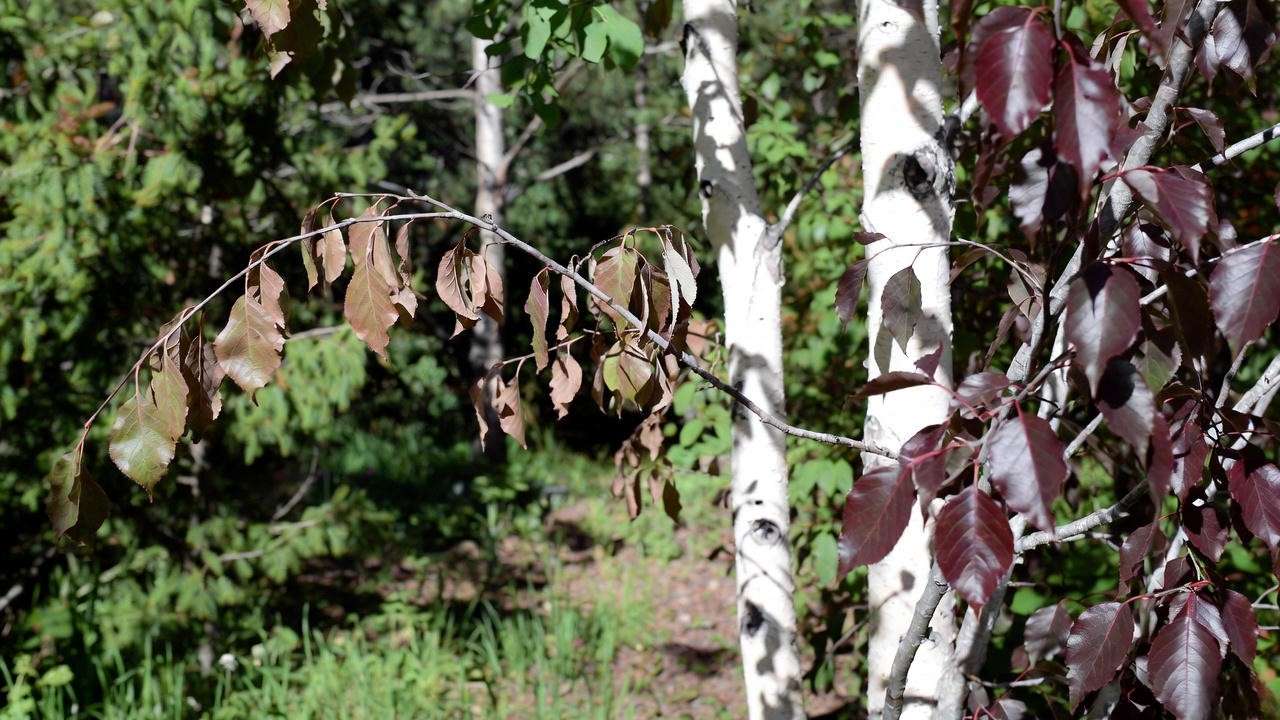
Prevention: Ensure proper watering, improve air circulation through pruning, and avoid overhead watering. For fungal issues, apply a copper-based fungicide as a preventive measure.
Expert Insight: A 2023 study by the University of Minnesota Extension notes that bronze birch borer is a primary threat to stressed birches. Keeping your Royal Frost Birch well-watered and fertilized reduces its vulnerability.
Environmental Stressors 🌬️
- Drought Stress: Causes leaf drop or browning. Solution: Deep water every 7-10 days during dry periods and maintain mulch.
- Winter Damage: Young trees may suffer from wind or frost. Wrap trunks with burlap in harsh climates.
- Soil Compaction: Restricts root growth. Aerate the soil every 2-3 years using a garden fork.
Seasonal Care Calendar for Betula Royal Frost Birch 📅
To keep your Betula Royal Frost Birch Tree thriving year-round, follow this seasonal care calendar tailored to its needs. This schedule ensures your tree stays healthy, vibrant, and resilient through changing seasons.
- Spring 🌸:
- Fertilize with a balanced, slow-release fertilizer to kickstart growth.
- Prune dead or damaged branches before buds swell.
- Inspect for early signs of pests like aphids or bronze birch borer.
- Refresh mulch to a 2-3 inch layer to retain moisture.
- Summer ☀️:
- Monitor watering, especially during hot, dry spells—aim for 1-2 inches of water weekly for young trees.
- Check leaves for signs of stress (yellowing, wilting) or pests.
- Remove any suckers at the base to maintain a tidy appearance.
- Weed around the base to prevent competition for nutrients.
- Fall 🍂:
- Rake fallen leaves to prevent fungal diseases and pests from overwintering.
- Reduce watering as the tree enters dormancy, but ensure deep watering if fall is dry.
- Prepare young trees for winter by wrapping trunks with burlap in cold climates.
- Plant companion plants like hostas or ferns to enhance the tree’s visual appeal.
- Winter ❄️:
- Avoid pruning, as birches bleed sap excessively in late winter.
- Check for winter damage, such as cracked branches, and address in spring.
- Ensure mulch is intact to insulate roots against freezing temperatures.
- For young trees, use tree guards to protect against rodents or deer.

Pro Tip: Pair your Royal Frost Birch with low-growing perennials like coral bells or ornamental grasses for a stunning, low-maintenance garden design. These companions highlight the tree’s burgundy foliage and white bark.
Downloadable Resource: Consider creating a printable “Royal Frost Birch Care Calendar” for readers to reference, summarizing key tasks by season. This adds value and encourages engagement.
Design Ideas: Incorporating Betula Royal Frost Birch in Your Landscape 🏡
The Betula Royal Frost Birch Tree is a versatile star in landscape design, offering endless possibilities for homeowners and gardeners. Its vibrant foliage and elegant form make it a natural fit for various styles, from modern minimalism to cottage gardens.
Using as a Focal Point 🌳
Plant a single Royal Frost Birch in the center of a lawn or near a patio to create a dramatic focal point. Its burgundy leaves draw the eye, while the white bark adds architectural interest. Surround the base with low-growing plants like lavender or daylilies to accentuate its slender trunk without overwhelming the design. For added impact, install subtle uplighting to highlight the bark at night, creating a magical evening ambiance.
Group Plantings and Privacy Screens 🌲
For larger spaces, plant multiple Betula Royal Frost Birch Trees 10-15 feet apart to form a natural hedge or windbreak. This creates a vibrant, living screen that provides privacy without the heaviness of evergreen shrubs. The trees’ airy canopies allow light to filter through, maintaining an open feel. Pair with evergreen groundcovers like juniper to balance seasonal changes and ensure year-round coverage.
Small Garden Solutions 🪴
In compact yards or urban spaces, the Royal Frost Birch shines as a specimen tree. Its moderate size and slender profile make it ideal for tight corners or narrow side yards. For temporary solutions, young trees can be grown in large containers, though they’ll eventually need to be transplanted. Create a modern look by planting in a raised bed with sleek ornamental grasses like fountain grass, which complement the tree’s vibrant foliage.
Example: In a recent project, a Seattle homeowner transformed a small front yard by planting a Royal Frost Birch as the centerpiece, surrounded by a circular bed of ferns and hostas. The result was a low-maintenance, eye-catching design that earned compliments from neighbors year-round.
Frequently Asked Questions (FAQs) About Betula Royal Frost Birch ❓
To address common reader queries and boost SEO, here are answers to frequently asked questions about the Betula Royal Frost Birch Tree. These reflect real search intent and provide concise, actionable information.
Q: How fast does the Betula Royal Frost Birch grow? A: The Royal Frost Birch has a moderate growth rate, adding 1-2 feet per year under ideal conditions. With proper care, it reaches its mature height of 30-40 feet in 15-20 years.
Q: Is the Royal Frost Birch deer-resistant? A: Yes, it’s generally deer-resistant, but young trees may attract browsing in areas with high deer populations. Use tree guards or repellent sprays for protection during the first few years.
Q: Can it survive in clay soil? A: It can tolerate clay soil if amended with organic matter (e.g., compost) to improve drainage. Ensure the planting site isn’t prone to standing water to prevent root rot.
Q: How long does the Royal Frost Birch live? A: With proper care, it typically lives 30-50 years, though some specimens thrive longer in optimal conditions.
Q: Does it require a lot of maintenance? A: No, it’s low-maintenance. Regular watering for young trees, annual fertilizing, and light pruning are usually sufficient to keep it healthy.
Q: Can I plant it near my house? A: Keep it at least 15-20 feet from structures to avoid root interference with foundations or pipes. Its shallow roots can also lift sidewalks if planted too close.
Q: What’s the best companion plant for a Royal Frost Birch? A: Hostas, ferns, or low-growing shrubs like spirea pair beautifully, highlighting the tree’s foliage and bark without competing for space.
Conclusion: Grow a Stunning Betula Royal Frost Birch with Confidence 🌟
The Betula Royal Frost Birch Tree is a game-changer for any landscape, blending vibrant burgundy foliage, elegant white bark, and low-maintenance care into one stunning package. Whether you’re creating a focal point, a privacy screen, or a small-garden solution, this tree delivers year-round beauty with minimal effort. By following this guide—covering planting, care, troubleshooting, and design—you’re equipped to grow a thriving Royal Frost Birch that transforms your yard for decades.
Ready to get started? Choose your planting spot, grab your shovel, and bring this showstopper to life! Have questions or tips to share? Drop a comment below or explore our other tree care guides, like “Top Companion Plants for Birch Trees” or “How to Protect Your Trees from Pests.” Your dream landscape is just a season away! 🌳💚

